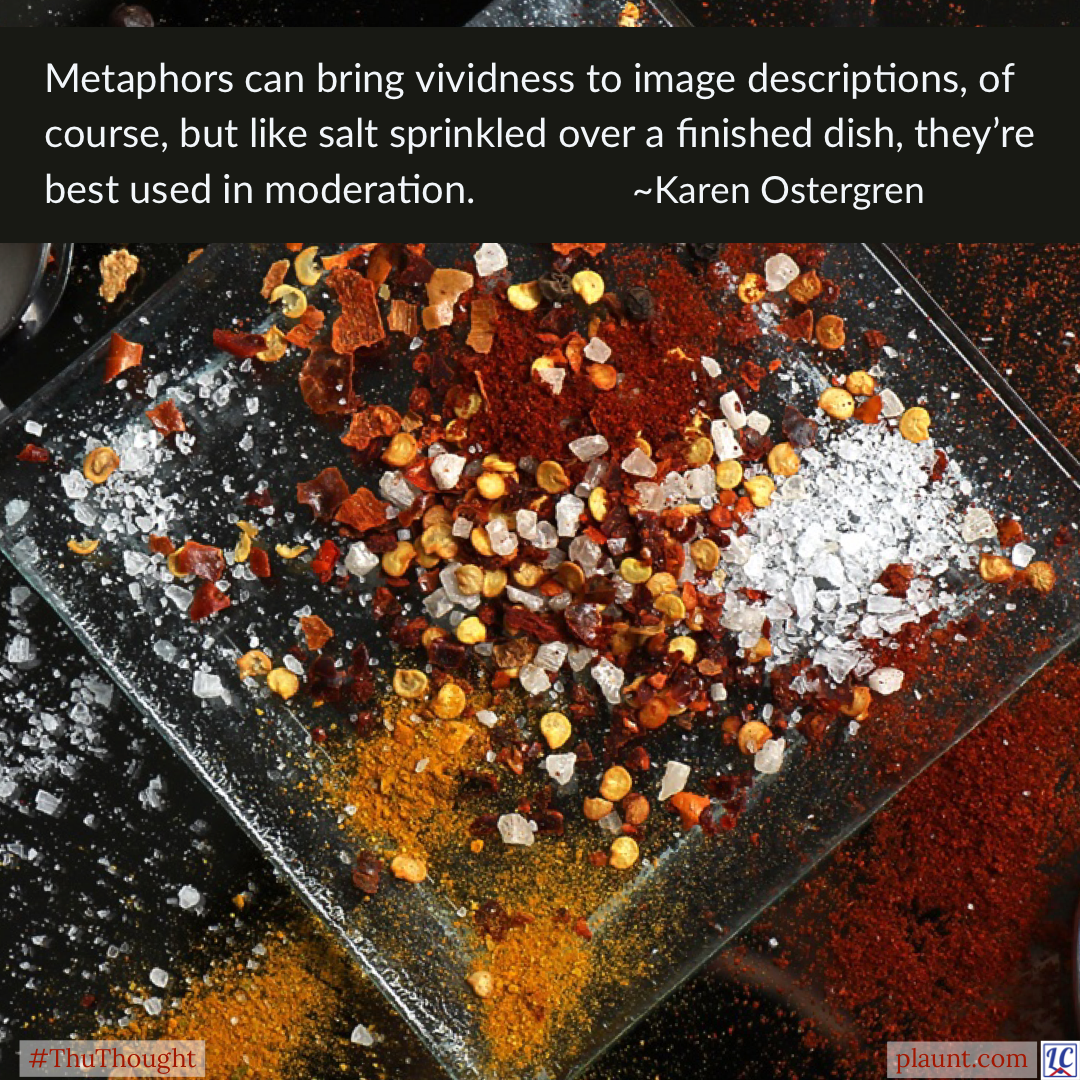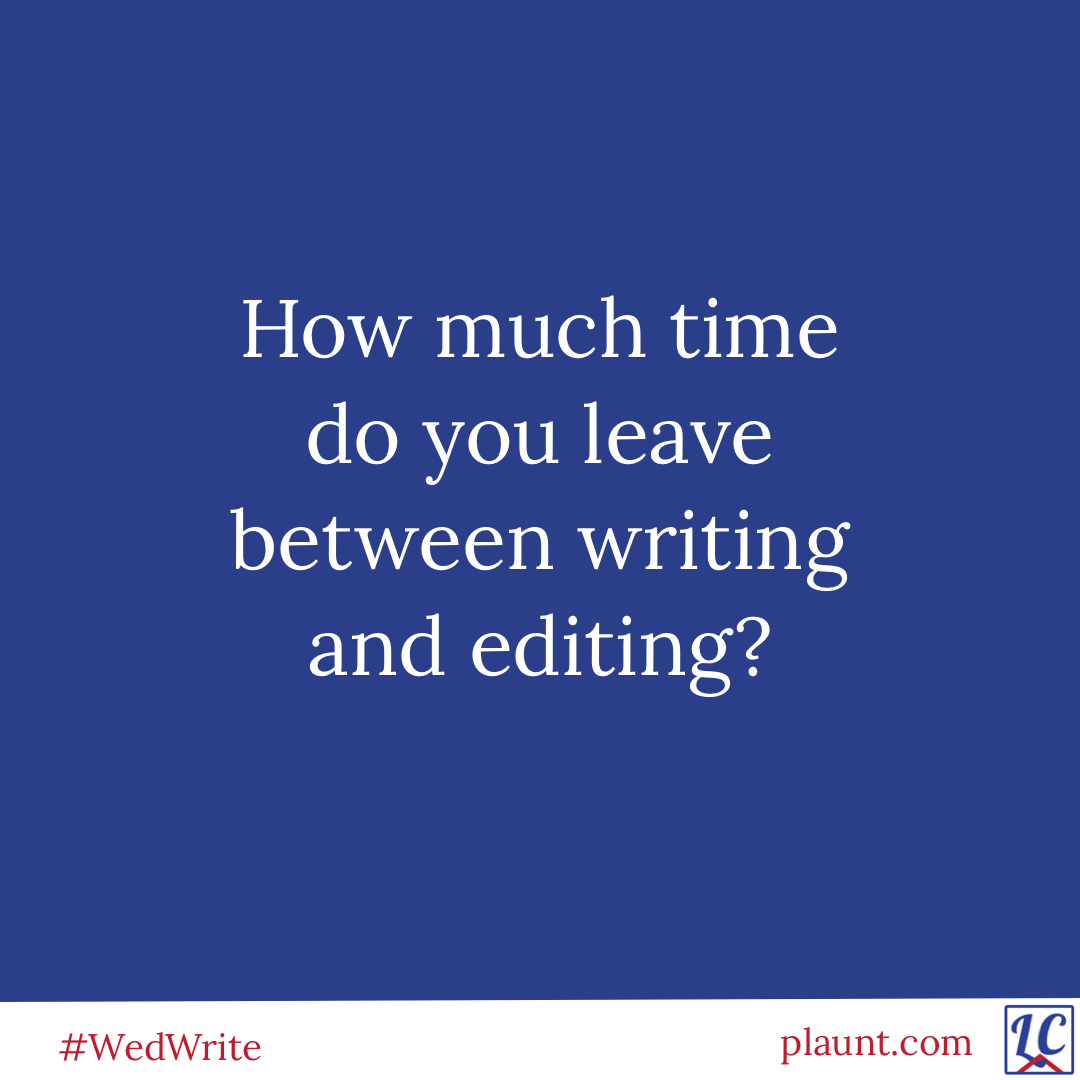
Wednesday Writing


Write a story with only two sentences. Use the photo for inspiration if you wish.
Photo by Colin Lloyd on Unsplash.
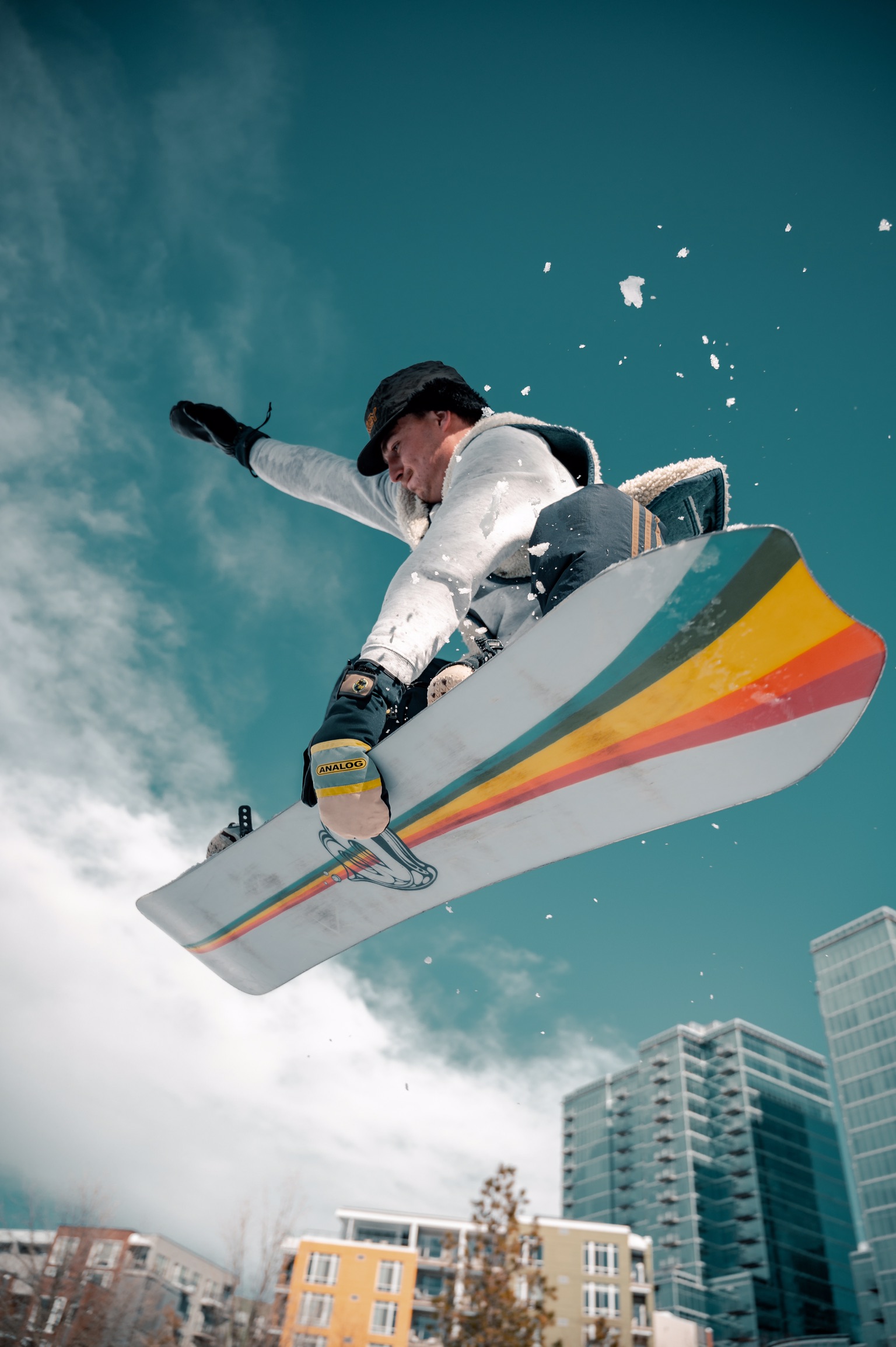
The second photo explains why it is shoo-in and not shoe-in. I’m not sure what a shoe-in would be. Maybe a contest entry at a Cinderella ball?
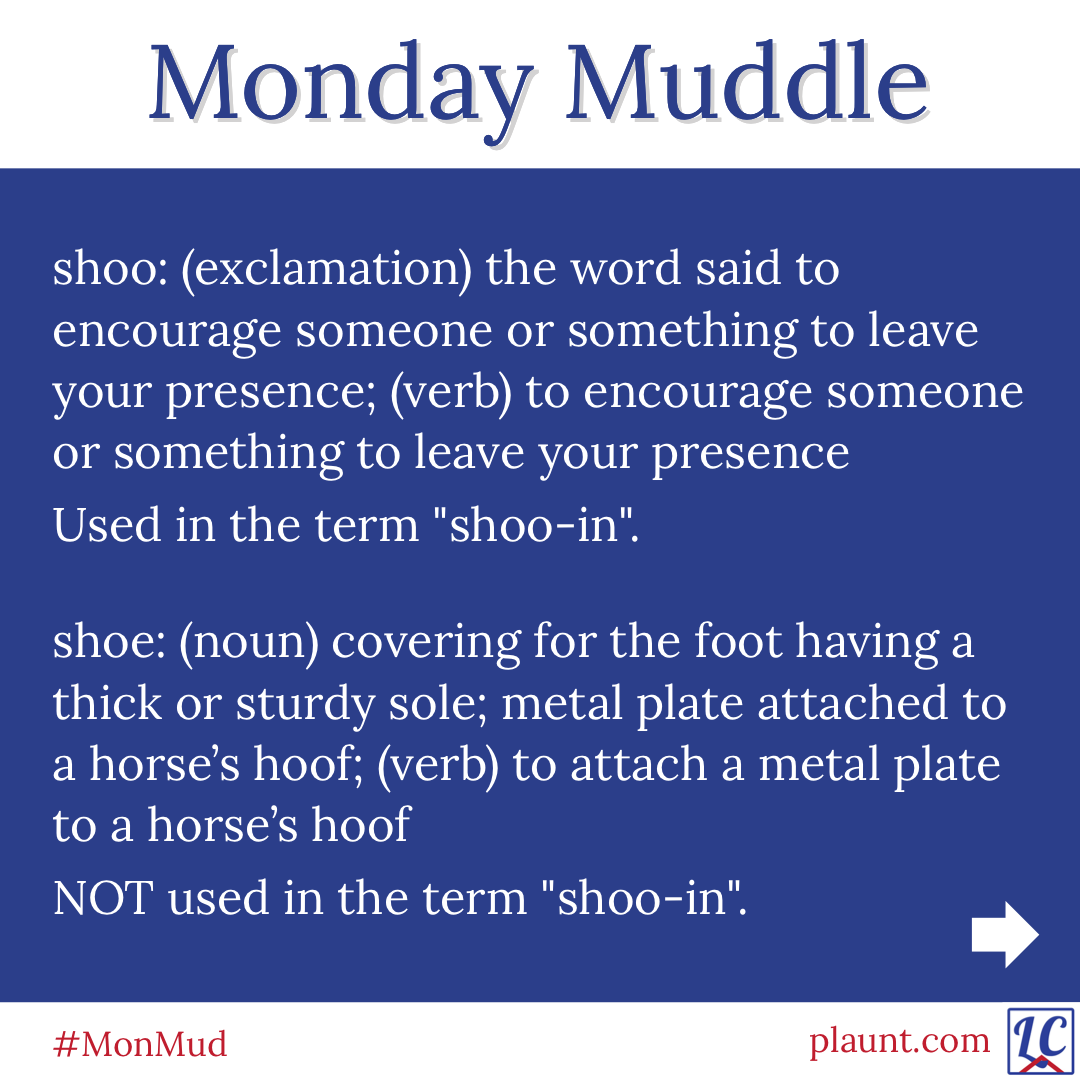
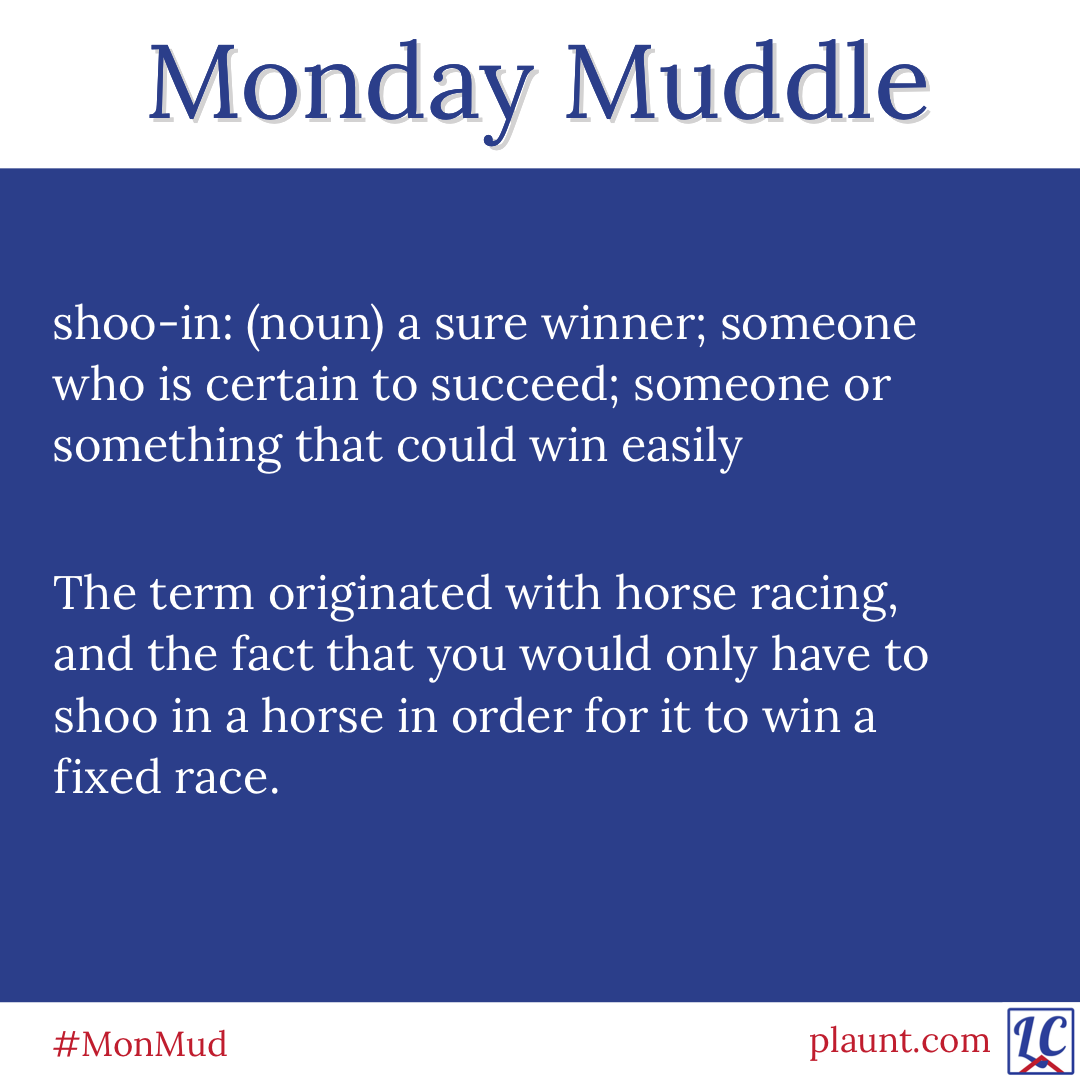
For a weekly dose of language-based humour, visit my Facebook page at https://facebook.com/lcplauntMEd
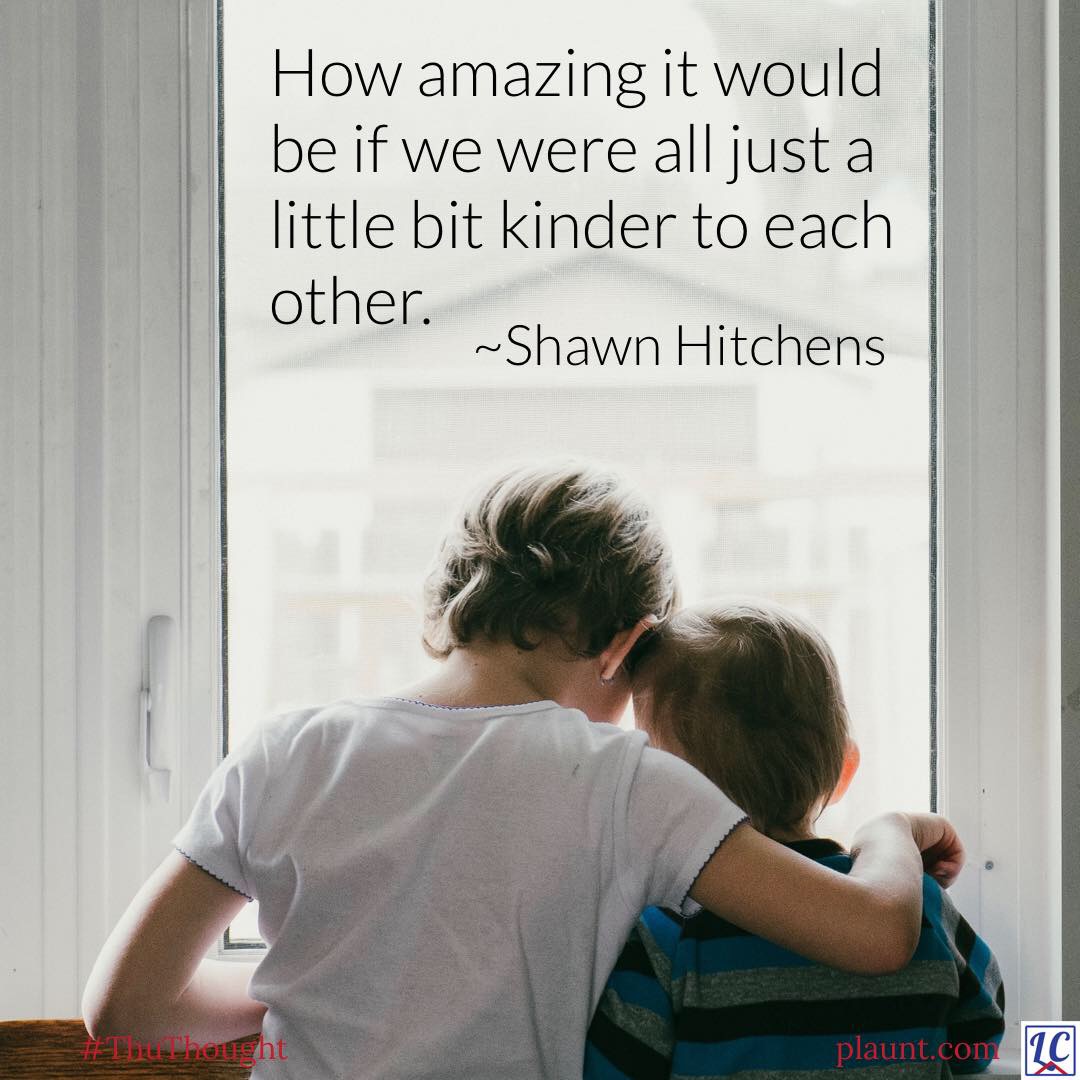
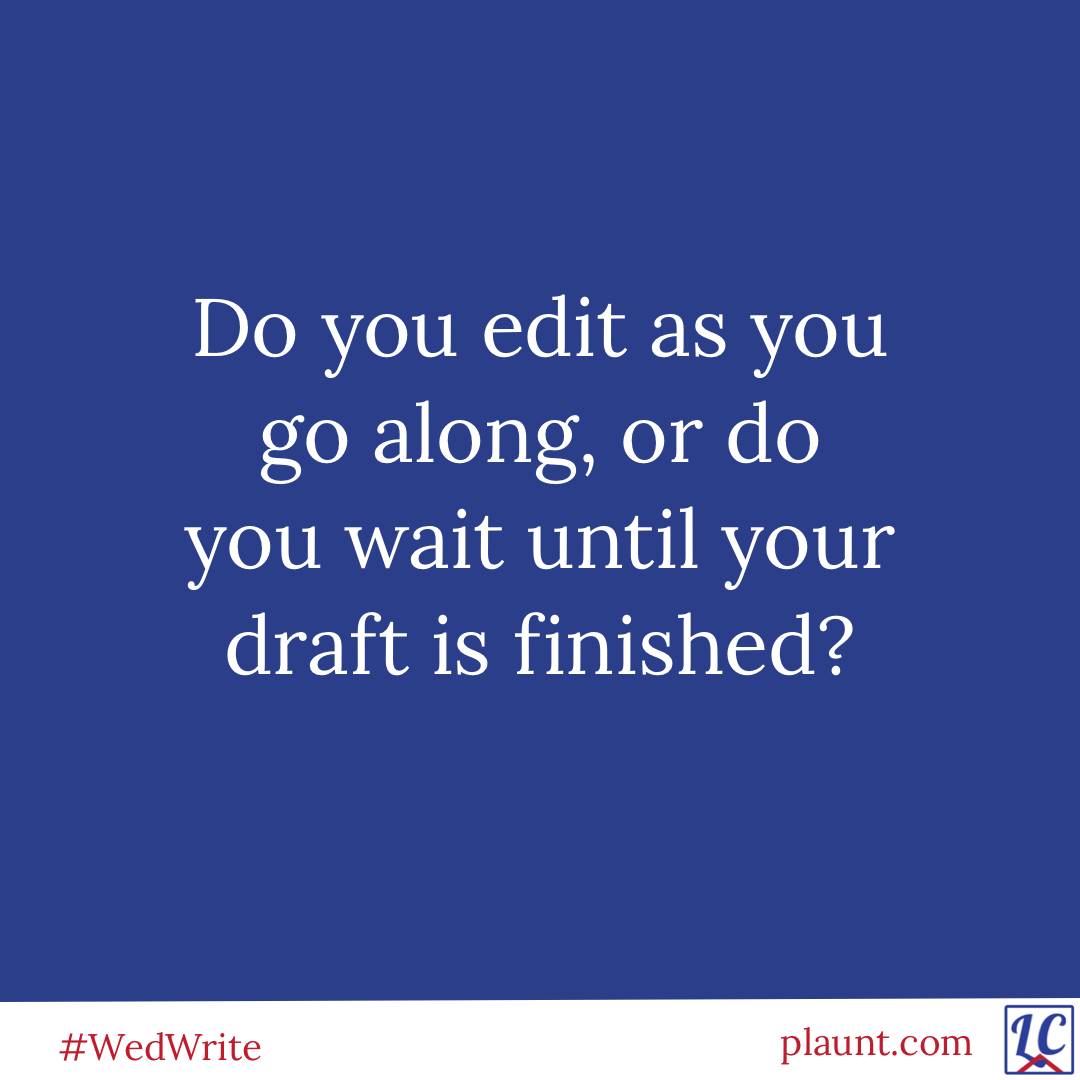
Write a story with only two sentences. Use the photo for inspiration if you wish.
Photo by Íltun Huseynli on Unsplash.

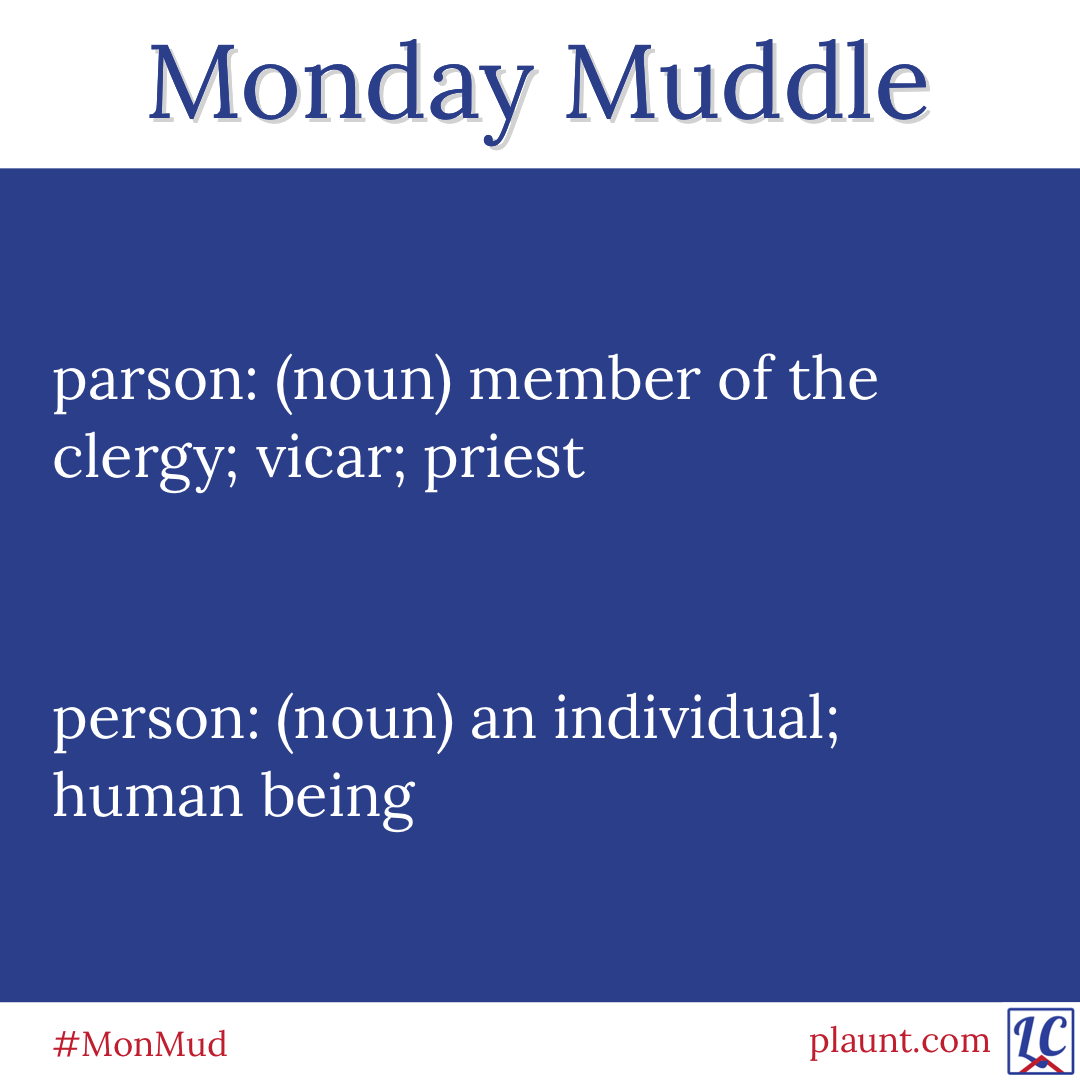
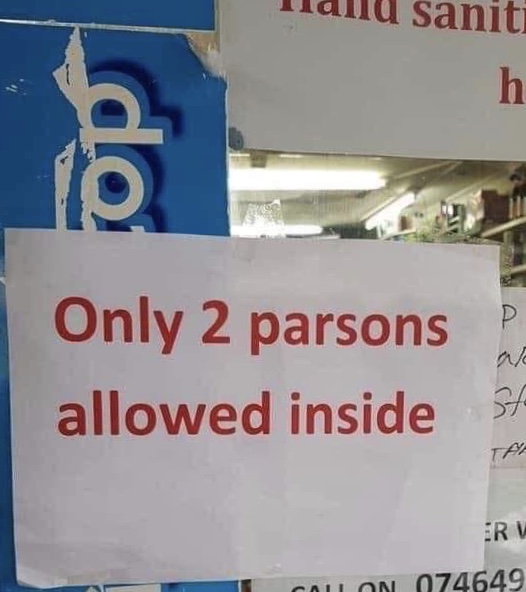
Sometimes I am asked, “Do people really mix those up?” Yes. All the muddles I share with you have been seen in real life. Usually they are in the middle of a document, and I just add them to my list. Occasionally, I have a photo of them.
Now, to be fair, I’m not completely certain if this store has had previous problems with gangs of clergy that they are trying to avoid, or if they just had trouble with their spelling. Either way, someone may be confused about who is allowed in.
For a weekly dose of language-based humour, visit my Facebook page at https://facebook.com/lcplauntMEd
